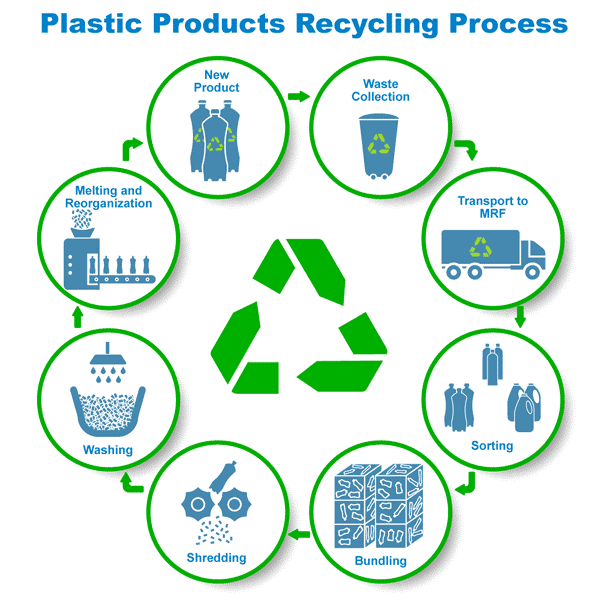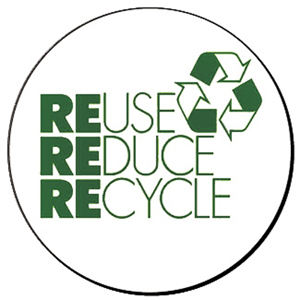Checking Out Different Sorts Of Waste in Modern Waste Administration Equipment
The contemporary landscape of waste management includes browsing an intricate selection of waste types, each needing specialized handling and disposal approaches to reduce ecological impacts. Metropolitan strong waste, harmful waste, electronic waste, and organic waste each existing unique obstacles and possibilities for source recuperation. Cutting-edge remedies such as clever waste containers and waste-to-energy technologies are becoming important devices in boosting performance and sustainability. Recognizing these waste kinds is essential for promoting public recognition and motivating active engagement in lasting practices. What methods can effectively address these different kinds of waste while advertising a round economic situation?
Municipal Strong Waste
Community strong waste, commonly referred to as family garbage or garbage, encompasses a variety of disposed of materials produced by household, industrial, and institutional resources within a district. This waste stream commonly consists of products such as product packaging, food scraps, backyard trimmings, paper, plastics, textiles, and disposed of house goods. The monitoring of metropolitan solid waste is a vital part of urban planning and public health, requiring effective collection, transportation, and disposal systems.
Reliable waste monitoring systems are created to reduce ecological influence while optimizing resource healing. This usually entails a mix of methods including composting, recycling, and landfilling. Reusing programs target materials like paper, glass, steels, and certain plastics, diverting them from land fills and reintroducing them right into the manufacturing cycle. Composting natural waste, such as food scraps and lawn trimmings, not just reduces landfill use but also creates valuable dirt amendments.
Districts have to likewise attend to the logistical and economic challenges related to waste monitoring. Applying pay-as-you-throw systems, boosting public recognition, and buying innovation can considerably enhance waste diversion rates. By incorporating these practices, towns can cultivate lasting neighborhoods, minimize greenhouse gas emissions, and save natural deposits.
Contaminated Materials

Reliable unsafe waste management involves several crucial steps: identification, treatment, segregation, and disposal. Segregation ensures that hazardous products are kept separately from non-hazardous waste to protect against cross-contamination.
Governing structures, such as the Source Conservation and Recovery Act (RCRA) in the USA, provide standards and criteria for dangerous waste monitoring. Adherence to these policies, combined with advancements in waste therapy technologies, is crucial in reducing the risks related to dangerous waste.
Electronic Waste
Digital waste, generally described as e-waste, represents a rapidly growing challenge in waste management systems worldwide. This kind of waste includes thrown out electronic devices and tools such as smartphones, computers, televisions, and other digital home appliances. The quick rate of technical advancement, coupled with lowering item lifespans and consumer need for the current tools, has significantly enhanced the quantity of e-waste generated annually.
E-waste is particularly bothersome because of its complicated structure, usually consisting of harmful materials like cadmium, mercury, and lead, which position considerable environmental and health and wellness risks otherwise properly here handled. Alternatively, e-waste likewise contains beneficial products such as silver, copper, and gold, which can be recouped and recycled. The dual nature of e-waste-- both hazardous and beneficial-- requires customized handling, reusing, and disposal procedures.
Reliable e-waste monitoring involves stringent regulative frameworks, robust collection systems, and progressed recycling innovations. Public understanding and participation are crucial, as inappropriate disposal methods, such as prohibited discarding and casual recycling, aggravate environmental contamination and carcinogen. Consequently, enhancing e-waste management practices is essential for mitigating environmental influence and recouping valuable resources in a significantly digital world.

Organic Waste
Organic waste, making up kitchen scraps, yard trimmings, and agricultural deposits, represents a considerable part of the worldwide waste stream. This type of waste is eco-friendly, indicating it can be broken down by microbes into simpler natural compounds. Despite its possibility for all-natural disintegration, incorrect administration of natural waste can lead to unfavorable environmental effects, consisting of the discharge of greenhouse gases such as methane, which add to environment change.
Efficient monitoring of organic waste is crucial for decreasing these ecological impacts (recycling lives services). Composting is an extensively taken on method, changing natural waste right into nutrient-rich compost that can improve dirt health and wellness and agricultural performance. In addition, anaerobic digestion is an arising technology that transforms organic waste right into biogas, a renewable read the full info here power source, and digestate, which can be made use of as fertilizer
Municipalities and waste management entities must implement durable organic waste collection and therapy programs to make best use of the benefits of these processes. Public education campaigns can additionally play a critical role in motivating families and businesses to different natural waste from other kinds of waste. By prioritizing the monitoring of natural waste, cultures can reduce landfill use, reduced greenhouse gas emissions, and produce beneficial byproducts for farming usage.

Cutting-edge Waste Administration
In the world of waste monitoring, cutting-edge techniques are changing exactly how societies handle their refuse, aiming for sustainability and effectiveness. One famous technology is the implementation of clever waste bins furnished with sensors that check fill degrees and optimize collection routes.
Another remarkable development is the fostering of waste-to-energy (WtE) technologies. By transforming non-recyclable waste into functional energy through procedures such as incineration and anaerobic food digestion, WtE minimizes land fill worry and provides a renewable power resource. Furthermore, developments in chemical reusing permit the breakdown of complicated plastics into their original monomers, enabling the production of new, top notch plastic products.
Furthermore, the round economic climate version is getting traction, stressing the design of products and systems that focus on reusability and source performance. This all natural strategy urges industries to reduce waste generation from the outset. With these innovative methods, contemporary waste management systems are not only dealing with the immediate obstacles of garbage disposal but also leading the way for an extra lasting more information future.
Final Thought
A comprehensive understanding of local solid waste, contaminated materials, electronic waste, and natural waste, coupled with the implementation of ingenious waste monitoring services, is important for alleviating ecological impacts. Incorporating technologies such as clever waste containers and waste-to-energy systems can improve efficiency and sustainability. Reliable waste administration approaches not only foster source healing but also promote public awareness and participation, eventually adding to the growth of a round economy.
The contemporary landscape of waste management involves navigating a complicated range of waste kinds, each calling for specialized handling and disposal techniques to minimize ecological influences. Metropolitan solid waste, dangerous waste, electronic waste, and organic waste each present unique challenges and possibilities for resource healing.Electronic waste, commonly referred to as e-waste, represents a quickly expanding challenge in waste monitoring systems internationally. Via these ingenious methods, modern waste management systems are not only attending to the instant difficulties of waste disposal however also leading the method for a much more lasting future.
An extensive understanding of local solid waste, hazardous waste, digital waste, and organic waste, paired with the execution of innovative waste administration services, is critical for reducing ecological effects. (recycling lives services)